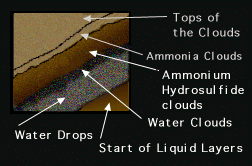This is a drawing of the interior of Neptune.
Click on image for full size
NASA
The Structure of Neptune's Interior
There is no surface to the giant planets, only a gradual transition from the atmosphere, as depicted in this drawing. Therefore the giant planets do not have strict layers, as the terrestrial planets do.
Ice begins forming in the atmosphere of Neptune and keeps increasing until there is slush, and then solid ice. There is not much difference between the atmosphere and the ocean, unlike the earth, where there seems to be a surface.
You might also be interested in:
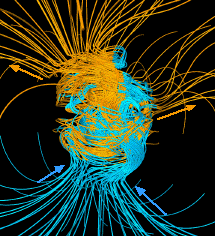
Magnetospheres are generated with magnetic materials and motions within the magnetic material. Scientists believe that as long as a planet or star has these two ingredients it can generate a magnetic
...more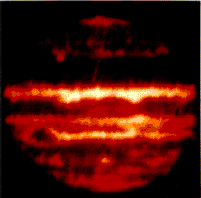
In astronomy, it is a usual procedure to calculate the luminosity of a star, and this calculation indicates the energy and the temperature of the star. When the luminosity of the outer planets was calculated,
...more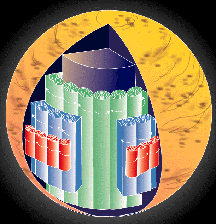
Motions, or currents in the interior of a gas-giant planet such as Neptune may be very different from the motions typical of the Earth's interior. A second idea for the motions in the interior of a gas-giant
...more
Motions in the interior of a planet helps to carry heat from the core to the planet's surface. The drawing to the left illustrates a kind of global motion that is typical of motions in the atmosphere as
...more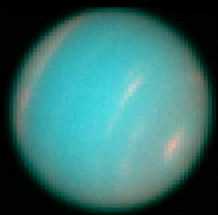
This image shows the new Great Dark Spot of Neptune, which was discovered using the Hubble Space Telescope. The image shown here, shows a "hole" in the clouds of Neptune in pink, in the northern hemisphere,
...more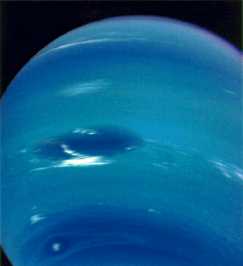
Atmospheres of the giant planets have definitely evolved from their formation out of the primitive solar nebula. How much they have evolved remains to be seen, however. Because of their enormous gravity,
...more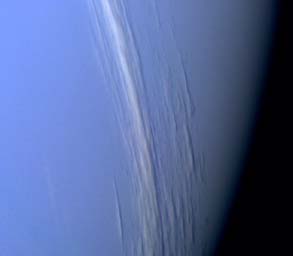
This image shows some cirrus clouds, extending for many kilometers across the disc of Neptune. These clouds are somewhat high up, for they can be seen to cast shadows on the lower clouddeck, which is 35
...more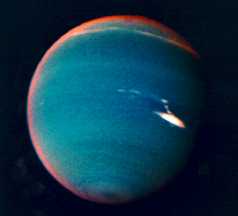
This image of Neptune uses false colors to bring out the hazes of smog, which can be seen in red along the limb of Neptune, at the edge of the picture. These hazes of smog are found at very high altitudes,
...more


